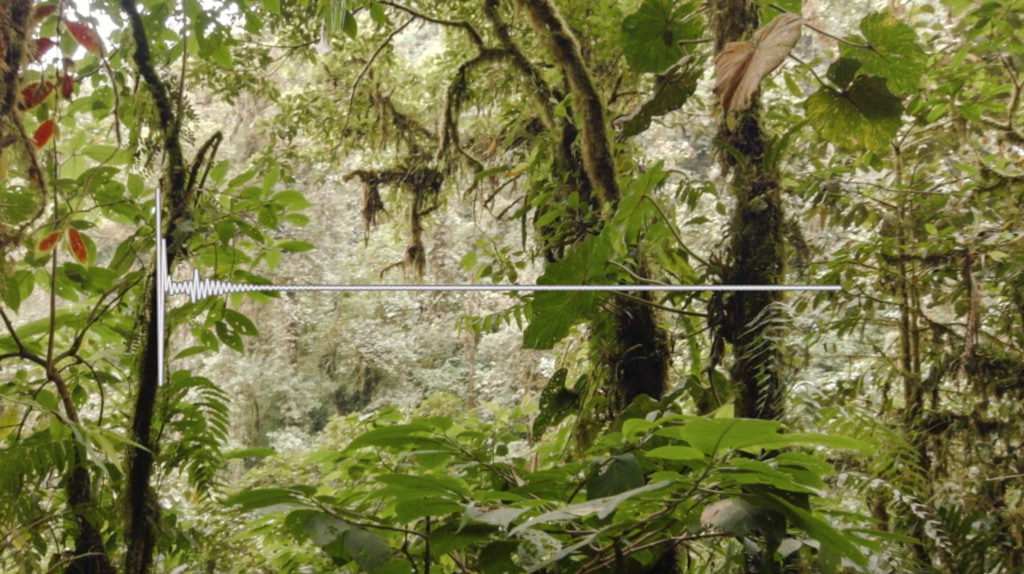An Increasing Number of Fires and Burned Area Seen from Space
One of the most practical and efficient ways to monitor global fire is via satellites. From space, it's possible to create long-term records of burned areas on the earth. And these records show a disturbing trend: the millions of hectares burned every year by fires is increasing in the United States and most areas around the world. Some of these fires are caused by lightning, but the majority are man-made and used as a tool for forest and brush clearing, crop and pasture maintenence, or cooking. Drier climate conditions are causing both man-made and natural wildfires to burn more land. And as a result, a larger amount of carbon, stored in vegetation and biomass, is being released into the atmosphere. Studies conducted by scientists at NASA show that if we continue to rely on fossil fuels then the frequency and length of these extreme fire events is likely to increase in the future.
The Future of Fires
With satellite and climate data, scientists have been able to track an increase in dry conditions since the 1980s. Climate projections suggest that this trend will continue, increasing the risk of fire in the Great Plains and Upper Midwest by the end of the 21st-century. Areas like the Mountain West that are prone to burning now will see even more fires than they do today.
More Than A Decade of Fires
Between 2000-2013, the MODIS instrument was able to monitor fires accross the world. Agricultural and perscribed fires are shown in dark red. More intense fires are shown in orange and the most intense are shown in bright yellow.
How Climate Change Will Affect Fires
With each fire, plumes of carbon monoxide, carbon dioxide, and methane travel up into the atmosphere and into the air we breathe. With climate change, certain areas of the United States will be at a greater risk of burning by the end of the 21st-century.
Global tour of fires shows world fire trends
This visualization shows fire observations taken around the world over a ten-year period, from agricultural fires in Asia and Southeast Asia to wildfires in the American West.
The Impact of Carbon Monoxide in the Atmosphere
Fires produce large quantities of carbon monoxide along with many other gases. This viz, which tracks CO coming from fires burning in the Amazon and Sothern Africa in 2005, illustrates how CO travels.
B-Roll of Fires
Watch B-roll of fires that have burned the Earth's landscape.
Credits
Please give credit for this item to:
NASA's Goddard Space Flight Center
-
Producer
- Alison Schuyler Ogden (NASA/GSFC)
Release date
This page was originally published on Friday, August 9, 2013.
This page was last updated on Wednesday, May 3, 2023 at 1:51 PM EDT.
